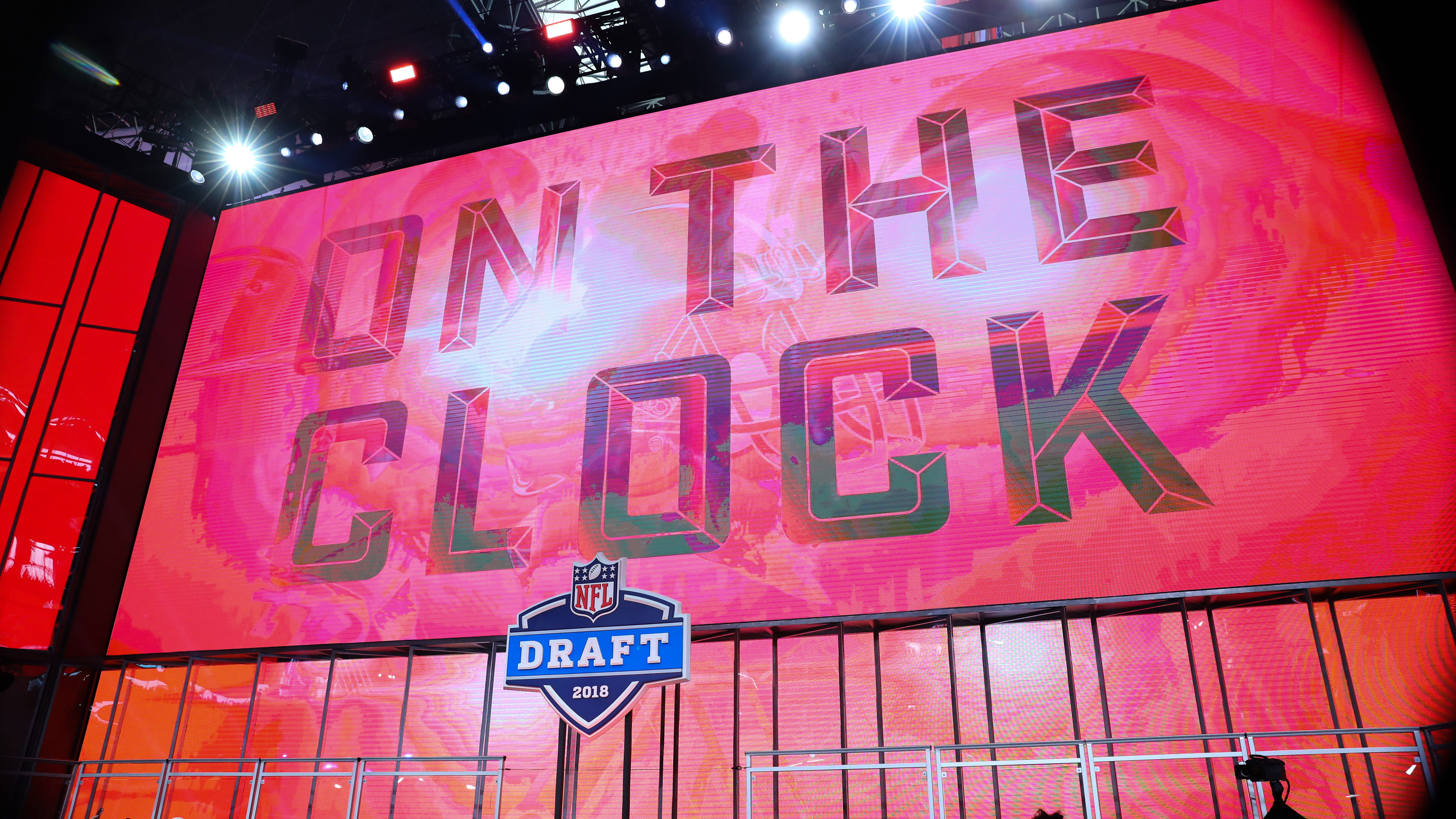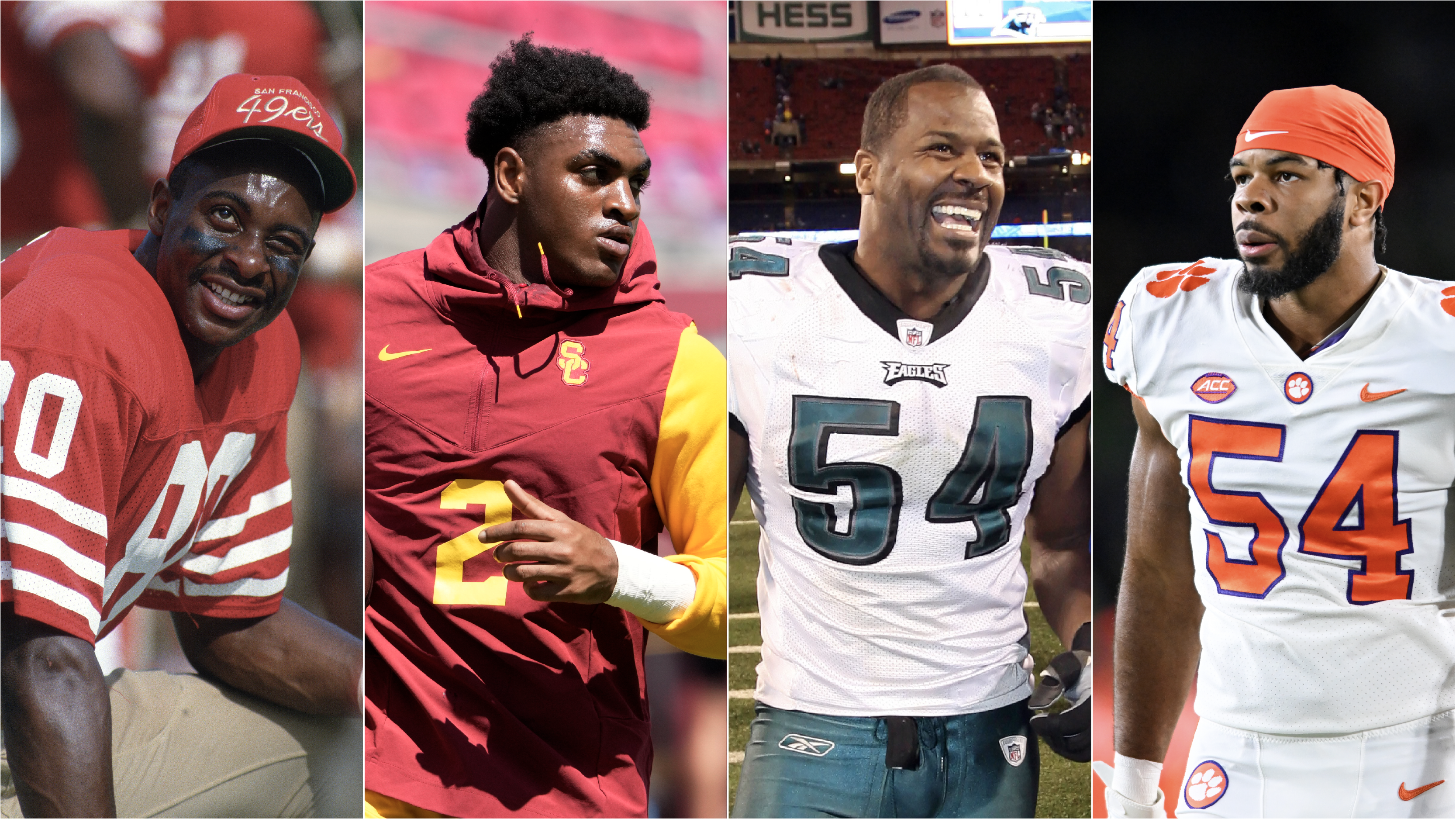Bears coach Matt Nagy acknowledged the trade rumors floating around Jordan Howard Tuesday morning at the Arizona Biltmore in Phoenix, saying that general manager Ryan Pace would always entertain ideas to make the team better. Two days later, Howard was traded to the Philadelphia Eagles for a 2020 sixth-round pick that could escalate to a fifth-round pick.
So how does this trade make the Bears better?
The immediate, and short, answer is that it doesn’t. But the Bears still have five draft picks to use next month, with the expectation being even greater now that one of them will go toward a running back. Specifically: A running back who better fits what Nagy desires, which for as good a player as Howard was, never was him.
Stay in the game with the latest updates on your beloved Chicago sports teams! Sign up here for our All Access Daily newsletter.
While Howard possesses good vision, consider what Nagy said he liked about free agent addition Mike Davis: “He (is) a guy that can make you miss between the tackles. He has that in him. We liked that.”
Howard’s strength was being a heavily-used cudgel against an opposing defense, with some of his best work coming late in games as he crested the 20-carry mark. That role doesn’t exist in Nagy’s offense, which spreads the ball around and doesn’t rely on one single player (aside from Mitch Trubisky, of course) to power its point-scoring efforts.
Howard, too, never seemed like an altogether effective runner out of Nagy’s shotgun-based offense. It’s not a coincidence that the worst year of Howard’s career came when the Bears ran 78 percent of their offensive plays from the gun; within the John Fox/Dowell Loggains scheme, the Bears ran shotgun on 58 percent of their plays.
So the Bears will continue their search for a better fit in the draft while saving about $2 million in cap space and acquiring a draft pick in 2020. Those cap savings are valuable with an eye on the future as guys like Leonard Floyd, Cody Whitehair, Trubisky and Eddie Jackson all get more expensive. The draft pick can be viewed as the Bears guaranteeing themselves a comp pick for losing Howard, which was going to happen after the 2019 season anyway.
NFL
Trading Howard, too, means the Bears will avoid a potentially-awkward situation after the draft. While Howard’s credentials as a teammate and person never were questioned at Halas Hall, there wouldn’t have been enough practice reps to go around for four running backs (Davis, Howard, Tarik Cohen and a draft pick, in this scenario). And had Howard still been on the roster then, his lack of usage would’ve served to further tank his trade value, and could’ve resulted in the Bears simply cutting him after training camp and preseason practices concluded.
When Pace was asked about the possibility of that uncomfortable situation, he framed it as a good thing given how Nagy likes to use his running backs “by committee” in different ways. In retrospect, he confirmed in that comment that Howard just didn’t have a fit on the 2019 Bears: He’s not a running back who does well in a committee. He’s better as the No. 1 guy, the role in which he thrived in 2016 and 2017.
The thing about 2016 and 2017, though: The Bears were bad. The offense was bad. Howard was good, but everything else was not.
The Bears, coming off a 12-4 season, believe their offense hasn’t reached its peak yet. And in those efforts to continue that climb, trading Howard made sense.
Click here to download the new MyTeams App by NBC Sports! Receive comprehensive coverage of the Bears.

